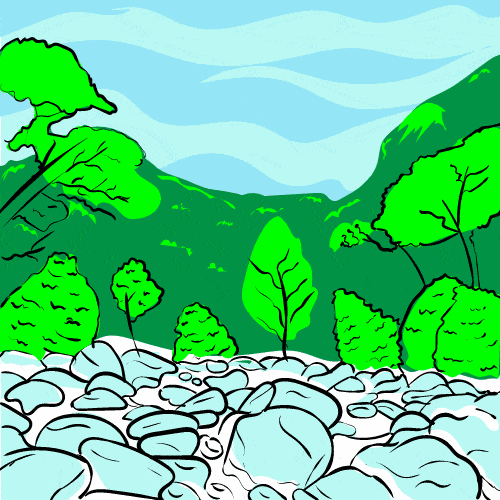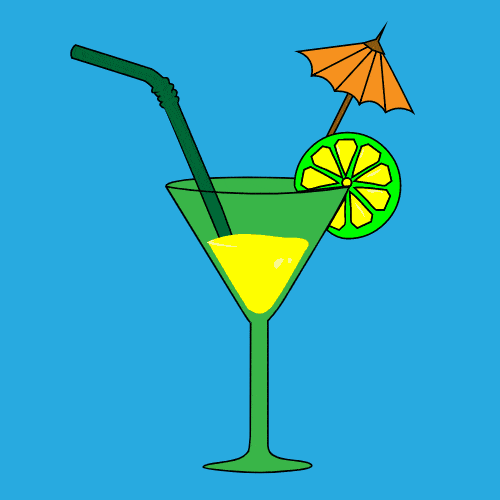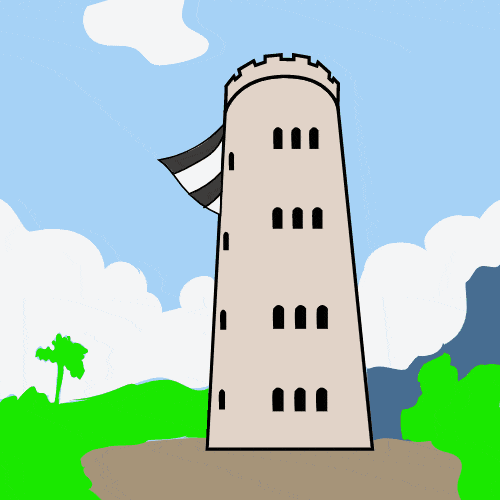Puerto Rico has three bioluminescent bays.
I’ve visited all three during my time living in Puerto Rico.
In this article, I’ll share what I learnt about each bio bay, and cover everything that you need to know about Puerto Rico’s bio bays:
– What is bioluminescence?
– What is a bioluminescent bay?
– How many bioluminescent bays are there in Puerto Rico?
– Where are the bioluminescent bays in Puerto Rico located?
– Which bio bay is the best?
– Is it safe to swim in the bioluminescent bays in Puerto Rico?
– Are you allowed to swim in the bioluminescent bays?
– How do you book a bioluminescence tour?
What is bioluminescence?
Bioluminescence is the term used to describe when a living organism emits light.
There are different types of bioluminescence, such as fireflies and certain types of jellyfish.
This emission of light is a type of chemiluminescence, a chemical reaction where light is produced by a living organism.
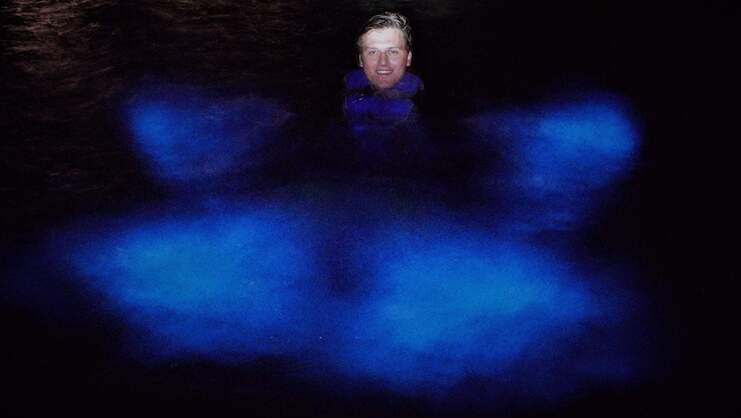
Fireflies are one example of bioluminescence that you may already be familiar with. However, most bioluminescence is found in organisms that live in the ocean. Glow worms, giant glowing squids, jellyfish and shining sea snails all contain elements of bioluminescence.
One thing you can be sure of is that no bioluminescent organism provides as interactive an experience as the dinoflagellates (plankton) that occupy Puerto Rico’s bioluminescent bays.
Carlos Sanchez is a Puerto Rican native that has been visiting the bio bays for more than a decade.
“Dinoflagellate is the name of the glowing organism,” says Sanchez. “They are a single-celled plankton, a microorganism called Pyrodinium bahamense. They are half animal, half plant. Their bodies contain chlorophyll which helps them prepare food by photosynthesis. Scientists believe that their glow is a defense against their predators.” he shared.
Sanchez pulls his hand through the water, activating the dinoflagellate’s glow.
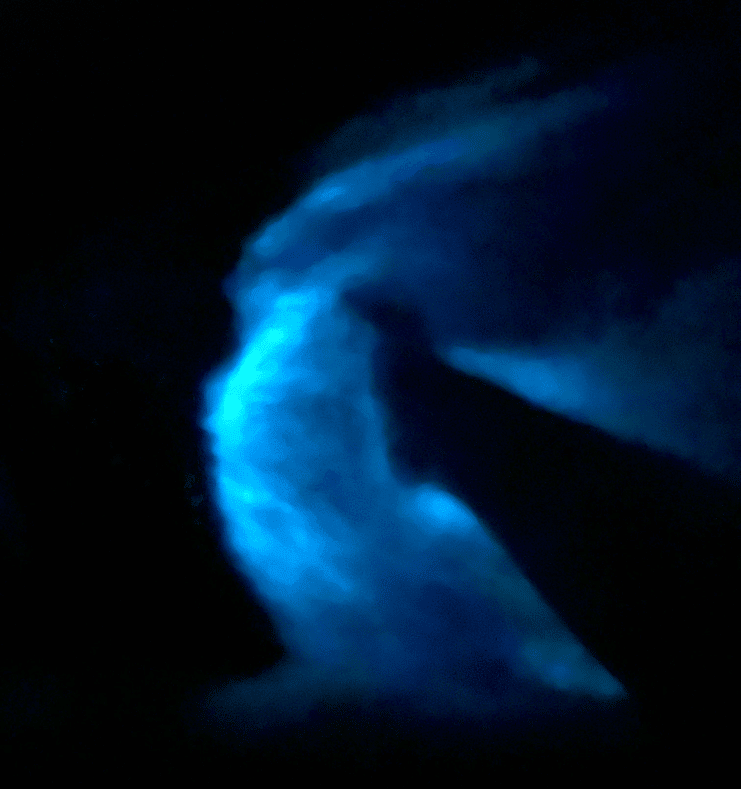
When the dinoflagellate plankton is disturbed, they emit a neon blue glow.
Biologists theorize that some fish may have learned to make use of their defensive bioluminescence.
For example, a fish may swim into an area filled with bioluminescent plankton to watch for the smaller fish who prey on them. When the smaller fish swims into the area and bumps into the plankton, its location is given away, and the larger fish can move in to capture its prey.
It is not uncommon to see fish, and even stingrays swimming underwater with a glowing stream behind them.
What is a bioluminescent bay?
A bioluminescent bay (bio bay) is a bay that contains a very high concentration of bioluminescent dinoflagellate plankton.
These dinoflagellate plankton are found everywhere in regular sea water, but they are in a much higher concentration in bio bays.
They drift into the bio bay from the sea, and then get stuck in the bay due to the fact that the bio bay has a small entrance.
With time, these plankton start to multiply inside the bay as they can’t escape. This dramatically increases the concentration level of plankton inside the bay compared to regular sea water.
When the dinoflagellate plankton are moved in the water, pressure is put on their cell-walls. This causes a chemical reaction inside their cells, which then causes them to emit light (bioluminescence).
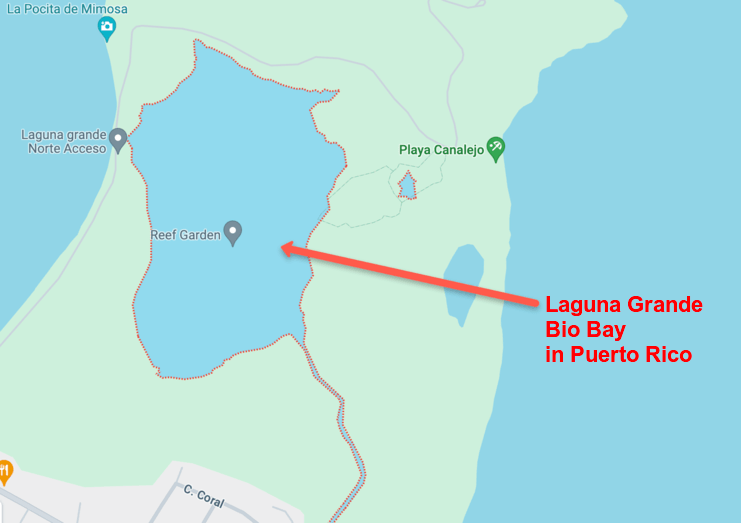
If you move regular sea water, you can’t see the bioluminescence as the concentration of plankton is too low to see light being emitted. However, in a bio bay, the concentration of plankton is so high that you can see light being emitted (bioluminescence).
Bioluminescent dinoflagellate ecosystems are rare, but they can be found in warm-water bays that have narrow openings to the sea. There are less than 20 bio bays in the world.
How many bioluminescent bays are there in Puerto Rico?
There are three bioluminescent bays in Puerto Rico.
They are Laguna Grande, Mosquito Bay, and La Parguera.
Laguna Grande
Laguna Grande, located in Fajardo, provides visitors an opportunity to kayak through the mangroves and see bioluminescence.
The good thing about Laguna Grande is that it is located only an hour drive from San Juan, meaning that it is easy to get to for most tourists visiting Puerto Rico.
If you want to book a bioluminescent kayak tour in Laguna Grande, then I recommend you book a tour at PuertoRico.com Tours.
Below is a video of Laguna Grande bio bay:
Mosquito Bay
Mosquito Bay, located in Vieques, is only about three feet deep in most of the bay, with the deepest section being around thirteen feet.
Below is a video showing Mosquito Bay:
La Parguera
La Parguera bio bay is located at the southwestern tip of Puerto Rico.
This is the only bioluminescent bay in Puerto Rico that allows tourists to swim with the glowing plankton. However, La Parguera typically has the lowest concentration level of plankton (compared to the two other bio bays).
Below is a video showing La Parguera bioluminescent bay:
Where are the bioluminescent bays in Puerto Rico located?
Laguna Grande
Laguna Grande is in the north-east corner of the main island in Fajardo.
The Laguna Grande bio bay is about an hour drive east of San Juan.
Below is a Google Map that shows the location of Laguna Grande bio bay:
La Parguera
La Parguera bio bay is in the south-west corner of the main island in Lajas.
It takes around two hours and thirty minutes to drive to La Parguera from San Juan.
Below is a Google Map that shows the location of La Parguera bioluminescent bay:
Mosquito Bay
Mosquito Bay is located in Vieques, which is a smaller island on the east-coast of Puerto Rico’s main island.
It takes multiple hours to get from San Juan to Vieques. You must drive to Cieba first, and then take a 40 minute ferry to Vieques. Most tourists stay the night in Vieques because there are no ferries operating late at night to return.
Below is a Google Map showing the location of Mosquito Bay:
Which bio bay is the best?
Most people say that Mosquito Bay is the brightest bio bay in Puerto Rico.
However, Laguna Grande is also bright, and is a close second.
The overall experience of Laguna Grande is better than Mosquito Bay, since Laguna Grande is only an hour from San Juan, so it’s much easier to get to, compared to Mosquito Bay. The additional effort required to reach Vieques and Mosquito Bay isn’t worth it for most people.
This is why we operate our bioluminescence kayak tours in Laguna Grande, since it’s the best overall location. You can book our tour by visiting PuertoRico.com Tours.
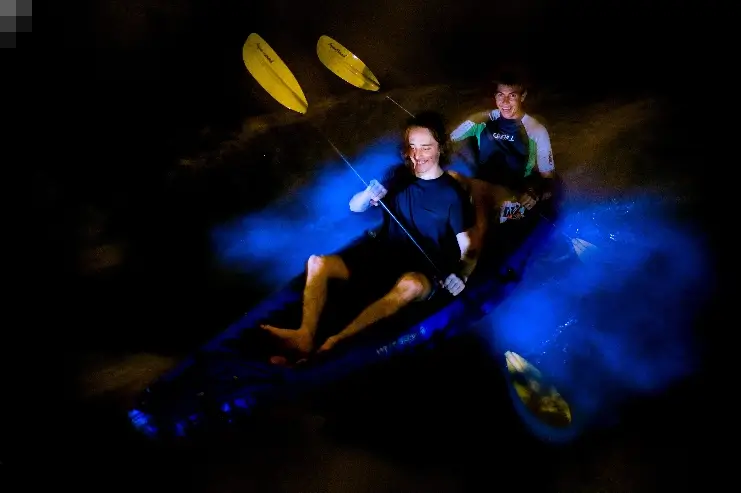
Is it safe to swim in the bioluminescent bays in Puerto Rico?
Yes, it is safe to swim in the bio bays in Puerto Rico.
The concentration of the dinoflagellate plankton in the bio bays is not high enough to be a health hazard.
There are other types of bioluminescence that are not safe to swim in. For example, “Red Tide” is an algal-bloom found in the open sea that is a different type of bioluminescent plankton. The concentration of the plankton in Red Tide is much higher and can be toxic to swim in.
Below is a video showing Red Tide:
Are you allowed to swim in the bioluminescent bays?
You are not allowed to swim in Laguna Grande or Mosquito Bay.
La Parguera is the only bio bay that allows swimming in Puerto Rico.
Over the years, locals have reported the glow decreasing in the bio bays. This is thought to be because of the many visitors to the bays over the years. The Department of Natural Resources has since put in place rules to ban swimming in Vieques and Fajardo to protect the bays for years to come.
How do you book a bioluminescence tour?
You cannot visit Puerto Rico’s bio bays without a permit, meaning that you must go with a licensed tour operator.
We offer bioluminescent kayak tours in Laguna Grande. You can book our tour by visiting PuertoRico.com Tours.
Where are the three bioluminescent bays in Puerto Rico?
There are three bio bays in Puerto Rico: Laguna Grande, Mosquito Bay and La Parguera.
Where is the best bioluminescent bay in Puerto Rico?
Laguna Grande, located in Fajardo, Puerto Rico, is the best overall experience.
Final thoughts
If you are visiting Puerto Rico, then you must visit a bio bay.
I recommend that you visit Laguna Grande, as it is the best overall bio bay in Puerto Rico.
You can book a bioluminescent kayak tour in Laguna Grande with us by visiting PuertoRico.com Tours.
If you are looking for other things to do during your vacation, then I recommend that you check out our article where we cover the top 45 things to do in Puerto Rico.

